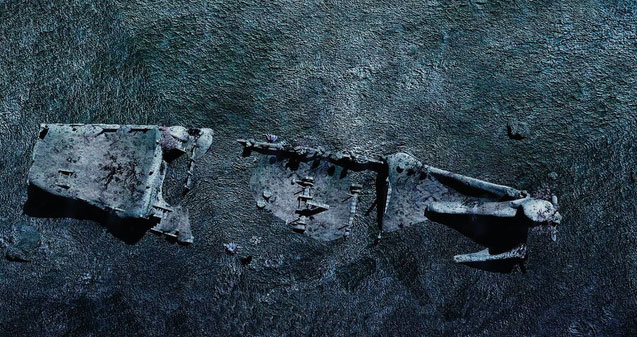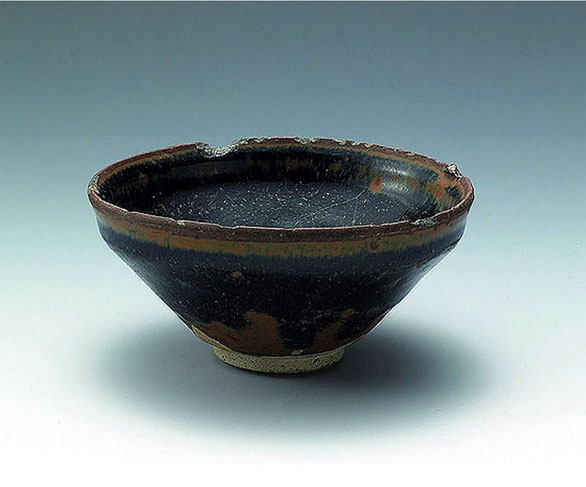The intact wreck of a 12th-century ship was discovered at the bottom of the South China Sea in 1987. China took 20 years to carefully protect and plan the excavation of this invaluable “time capsule.”
According to National Geographic, in 1987, the British company Maritime Exploration and the Guangzhou Salvage Company of China began searching for the wreck of the Dutch East India Company ship that sank in the 1700s in the South China Sea.

800-year-old shipwreck in China – (Photo: NATIONAL GEOGRAPHIC)
In the waters between Hong Kong and Hailing Island in Guangdong Province, the search team unexpectedly encountered a 30-meter-long merchant ship wreckage that still contained cargo from the 1100s. The ship dates back to the Southern Song Dynasty of the 12th century. China decided to name the wreck Nanhai 1.
A thick layer of silt, measuring 1.8 meters, preserved the wooden hull of the ship and its cargo, which included porcelain, gold artifacts, Song Dynasty coins, and silver bars. However, most of the 60,000 to 80,000 items on board were ceramics from the Southern Song period.
Since its discovery, due to a lack of suitable salvage technology, Nanhai 1 remained at the bottom of the South China Sea for two decades. The wreck site was directly protected and monitored by the Chinese Navy, prohibiting any fishing activities in the area.
A custom-made 3,000-ton steel cage was lowered to the wreck site. Sensors were placed along the seabed.

The Jian porcelain bowl is one of the 80,000 items transported on this ship – (Photo: MARITIME SILK ROAD MUSEUM GUANGDONG)
In December 2007, the Nanhai 1 was successfully salvaged at a cost of approximately $20 million. The ship, carrying 15,600 tons of cargo, was transported to the Maritime Silk Road Museum on Hailing Island in Guangdong Province.
This museum preserves the wreck in a very special way: they placed the ship in a saltwater tank, and most of the cargo has yet to be removed from the ship’s hold.
To prevent deterioration, the silt and water covering the ship and its artifacts are maintained at a temperature similar to that of the waters where the wreck was discovered.
The maritime routes relied upon by the Southern Song Dynasty for trading goods are referred to by historians as the Maritime Silk Road. This route connected China, Indonesia and the Spice Islands, India, the Arab world, and the Greco-Roman world in the Mediterranean.
It is likely that the Nanhai 1 set sail from Guangzhou, one of the important ports in southern China.
In 2018, researchers found a ceramic vase among the ship’s cargo and discovered black ink inscriptions at the bottom of the vase, revealing it may have been produced in 1183.
Alongside its historical significance, Nanhai 1 serves as a means for the Chinese government to showcase the history of the country as a maritime and trade power.
For many Chinese, Nanhai 1 reflects both the past glories of China and ambitious projects for the future.


















































